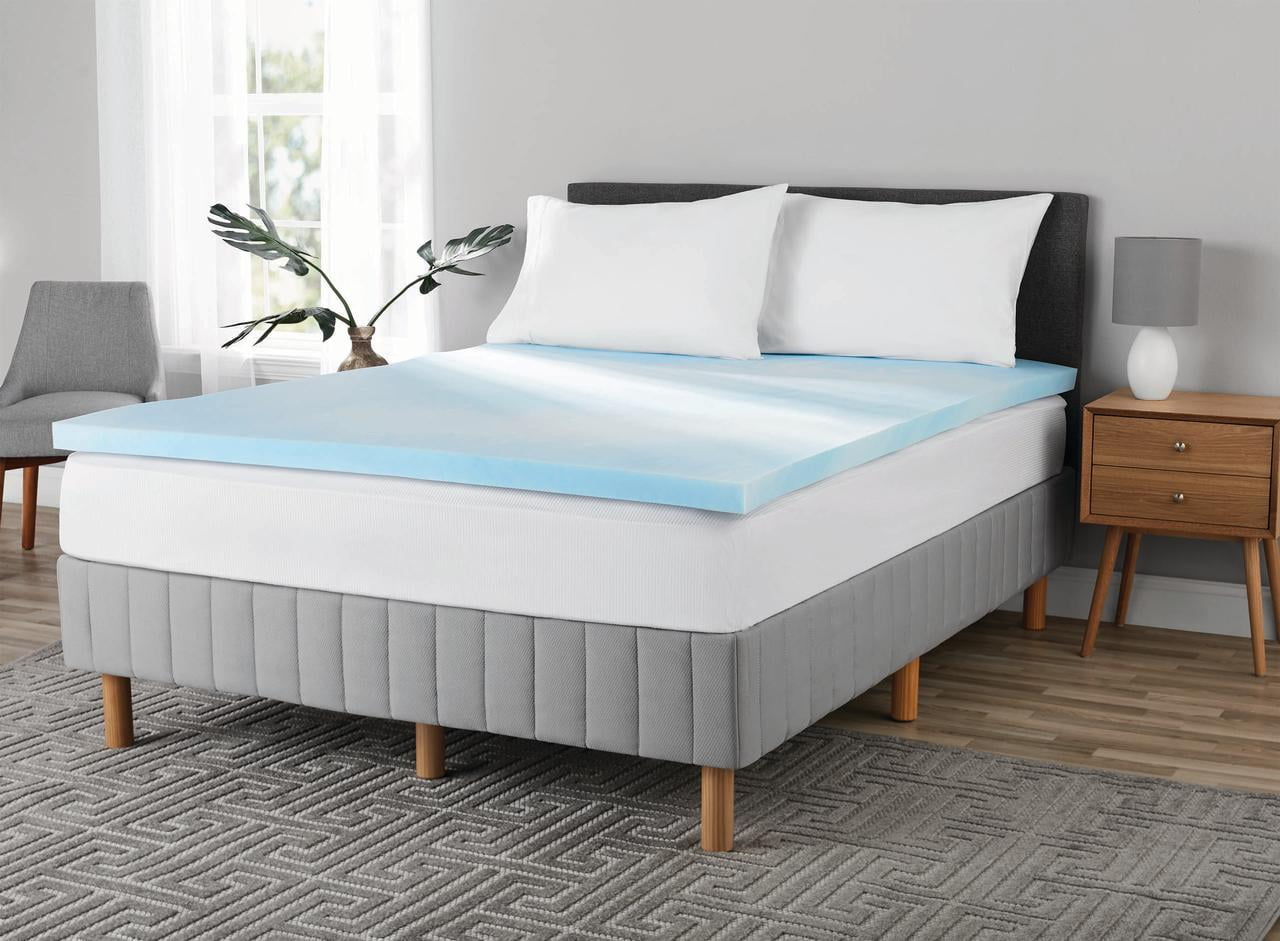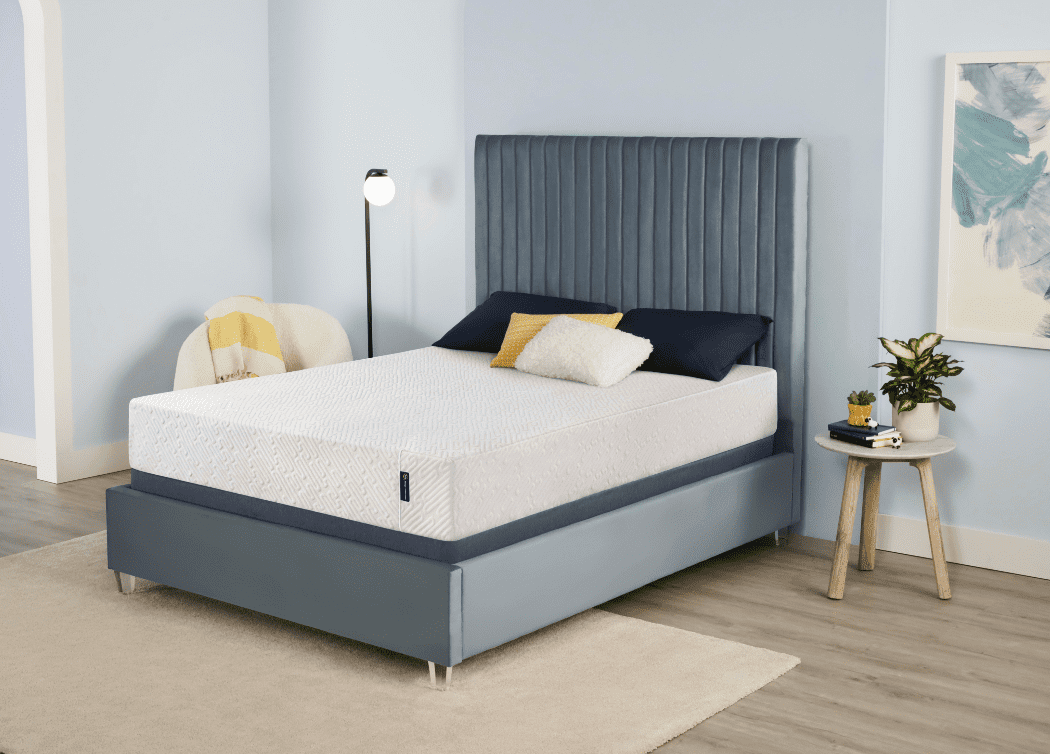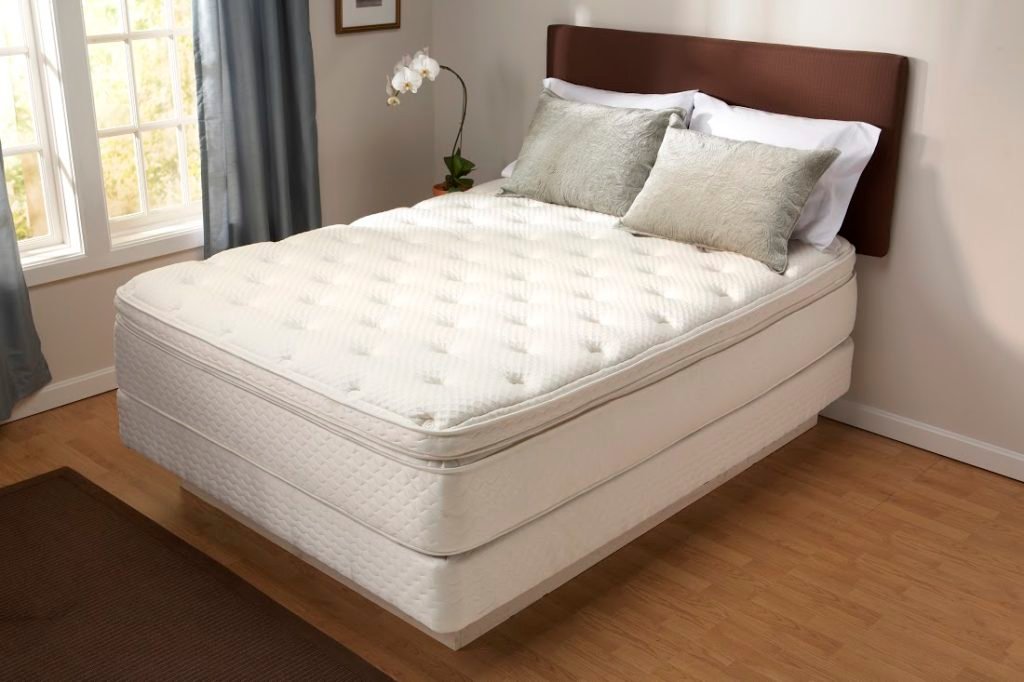Designing an Off-Grid Egg-Laying Chicken House with Permaculture Principles
Permaculture is an agricultural system that implements sustainable design, traditional wisdom, and modern technology to create a responsible living environment that is both productive and harmonious. It is an integrated system in which the components of a design work together to create a healthy, robust, and low-maintenance habitat. In implementing permaculture principles, there are several steps that need to be taken in order to ensure a successful design. An off-grid egg-laying chicken house is a great example of how a permaculture system can be developed.
The first step when building an off-grid egg-laying chicken house is locating the best spot for it. As with most permaculture designs, the goal is to ensure efficient use of the environment and to minimize the need for inputs, such as water, fertilizer, and electricity. Because a chicken house can be expensive to build and difficult to maintain, it should be placed in an area that is not prone to flooding or extremely wet soils and where it won’t obstruct natural views. Additionally, the house should be situated close to other buildings, which not only provides an attraction for the chickens but also allows for the easy collection of eggs.
Once the perfect spot has been found, the next step is to create a design plan. When designing an egg-laying chicken house using permaculture principles, several elements need to be considered. The size of the coop needs to be large enough to comfortably accommodate the chickens while providing adequate living space for natural behaviors. The nesting boxes should be separated from the living area and should be situated in such a way that they are accessible to a roosting bar. Additionally, the design should incorporate a removable roof and sufficient ventilation to keep the chickens comfortable in hot weather.
Materials and chicken-friendly plants also need to be incorporated into the permaculture design of the chicken house. The materials should be chosen for their durability and ease of maintenance, such as plastics, metal, and treated wood. Additionally, different types of chicken-friendly plants should be used in and around the coop. These may include edible herbs, vegetables, and fruits like strawberries, grapes, and blueberries. The plants not only provide a natural supplement to the chicken’s diet but they can also provide natural pest-control by attracting beneficial insects like ladybugs and wasps.
The final step is to create an off-grid system that can provide enough energy, food, and water for the chickens. Solar panels, water catching systems, and automatic food dispensers can be incorporated into the permaculture design to provide the chickens with the necessary resources. Additionally, the coop should be situated in an area that receives plenty of natural sunlight, which can help to reduce the need for artificial lighting and heating. With the proper design and off-grid system, an egg-laying chicken house can provide a sustainable source of eggs and fertilizer.
Organic Chicken Coop Designs Using Renewable Materials
Organic chicken coop designs are becoming increasingly popular as more people choose to raise their own poultry. Organic chickens are a great source of organic eggs, meat, and fertilizer, as well as being a great addition to any backyard. Building an organic chicken coop doesn’t have to be expensive or difficult. By utilizing renewable materials, such as upcycled wood, recycled plastic, and natural fibers, anyone can create a beautiful and functional chicken coop that is also good for the environment.
When choosing materials for an organic chicken coop, it is important to choose materials that are safe for your chickens. Wood is an excellent choice as it is non-toxic, durable, and relatively easy to build with. It is also relatively easy to upcycle, meaning old or salvaged wood can be repurposed for the coop. Plastic is also a great choice as it is lightweight, easy to clean, and widely available in recycled form. Natural fibers, like hemp, bamboo, and cotton, are another good choice as they are renewable resources.
In addition to choosing the right materials, organic chicken coop designs should also focus on maximizing the chickens’ health and wellbeing. The coop should be well-ventilated and protected from predators, with plenty of space for the chickens to move around. Perches should be incorporated to give the chickens somewhere to roost comfortably, and nesting boxes should be provided for egg-laying. Water and food dispensers should be placed in easily accessible locations within the coop. Additionally, the coop should be designed to be as low-maintenance as possible, incorporating systems that are easy to clean and simple to operate.
Organic chicken coops are a great way to provide sustainable poultry-keeping. By utilizing renewable materials and incorporating principles of permaculture, anyone can create a beautiful and functional coop that is not only good for the environment but also provides a healthy and happy home for their flock.
DIY: How to Build a Permaculture Chicken House
Looking to build a chicken house using Permaculture techniques? Permaculture designs are becoming increasingly popular as more people choose sustainable and eco-friendly materials and principles in gardening, farming, and animal husbandry. Building a permaculture chicken house is relatively straightforward and can provide a safe and comfortable environment for chickens that will provide eggs, meat, and fertilizer for years to come.
The first step in building a permaculture chicken house is selecting a spot for the coop. For optimal efficiency and comfort, it is important to choose a spot that is well drained and free from flooding or drought. Additionally, it should be situated in a spot where it can easily be accessed by both people and chickens. Once the spot has been chosen, the next step is to create a design plan.
When designing a permaculture chicken house, several important elements need to be considered. The coop should be large enough to comfortably accommodate the chickens while also providing plenty of room for natural behaviors. The walls should be constructed in such a way that the chickens are protected from predators and extreme weather conditions such as heat and cold. Additionally, the nesting boxes should be situated in a way that is easily accessible to a perch or roosting bar.
Materials also need to be selected that are durable, easy to clean, and designed to last. Wood is an excellent choice as it is renewable and non-toxic. Alternatively, plastic and recycled metals can also be used. Permaculture principles such as integrated pest management can also be implemented. This involves using plants and insects to naturally control pests rather than chemical pesticides.
Building a chicken house using permaculture techniques is relatively simple and can provide a sustainable and eco-friendly way to raise poultry. By utilizing renewable materials and implementing permaculture principles, anyone can create a beautiful and functional chicken house that is both low maintenance and provides a comfortable space for their flock.
10 Creative Chicken Coop Designs with Permaculture Principles
Permaculture is a gardening system that emphasizes ecological principles and sustainable design in order to create a healthy, productive, and harmonious environment. It is an integrated system in which the components of a design work together to create a robust and low maintenance habitat. As more people choose to integrate permaculture principles into their designs, creative and innovative ways to use natural materials and permaculture principles are being explored. Here are 10 creative chicken coop designs that utilize permaculture principles to create comfortable, attractive, and sustainable enclosures for chickens.
1. The Urban Permaculture Coop: This urban-style coop has a modern design that utilizes recycled wood, repurposed plastic, and natural fibers to create a comfortable and secure enclosure. The design incorporates a removable roof to keep chickens cool in the summer, as well as a compost bin to provide natural fertilizer.
2. The Off-Grid Egg-Laying Coop: This coop takes advantage of permaculture design by utilizing renewable resources and off-grid energy sources. The design incorporates solar panels, water-catching systems, and automatic food dispensers, allowing the chickens to live completely off the grid.
3. The Portable Permaculture Coop: This coop is designed to move with the chickens, eliminating the need for purchasing multiple coops. The coop is constructed from upcycled wood and recycled plastic, making it light and easy to move.
4. The Sustainable Chicken Caravan: This Creative Coop utilizes durable materials and renewable technologies to create a comfortable chicken house on wheels. The coop is powered by solar energy, has automated food and water dispensers, and is able to follow the chickens as they free range on the pasture.
5. The Green Roof Coop: This coop incorporates sustainable and beautiful green roofs that attract beneficial insects, reduce runoff, and provide much-needed insulation. The coop is designed to be lightweight and easily moveable, allowing it to serve as both a home and a garden for chickens.
6. The Eco-Luxury Coop: This eco-friendly chicken coop is designed to be both luxurious and sustainable. It incorporates sustainable elements such as green roofs, solar panels, and natural fiber insulation, as well as features such as automatic egg-collecting windows and nesting boxes that are easily accessed by chickens.
7. The Suburban Chicken Mansion: This suburban-style coop is designed to provide a comfortable and luxurious living space for chickens. It is constructed from upcycled wood, natural fibers, and recycled plastic, and incorporates features such as auto-feeding systems and detachable hen-houses to encourage natural behaviors.
8. The Vertical Coop: This creative two-story coop is designed to maximize living space for chickens. It utilizes renewable energy sources, integrated pest management systems, and natural fertilizers to create a comfortable and durable living space.
9. The Off-the-Grid Chicken House: This off-the-grid coop utilizes solar energy, water-storing systems, and natural materials to create a comfortable living space for chickens. In addition to drawing energy from the sun, the design also utilizes natural fertilizers and biodegradable materials to reduce the need for maintenance.
10. The Coop in a Crate: This creative design takes advantage of natural materials by creating a comfortable living space for chickens inside an upcycled wooden crate. The crate is designed to provide insulation in the winter, while also providing a great view of the chickens’ environment in the summer.
Permaculture Design for Poultry: Protecting Chickens from Predators
In order to create a successful Permaculture design for poultry, it is important to consider ways of protecting chickens from predators. Predation is one of the biggest threats facing backyard flocks, so a robust chicken-protection plan is essential when creating a permaculture design. Here are some easy and effective ways to protect chickens from predators using permaculture design.
1. Electric Fencing: Electric fencing is an excellent way to keep predators away from chickens. This type of fencing is usually made from a mesh material that is charged with an electric current. When a predator touches the fence, they receive an electric shock, which deters them from coming in contact with the chickens.
2. Plant Barriers: Plant barriers can be incorporated into the permaculture design to create an effective buffer between predators and chickens. Species such as Russian olive, hawthorn, and fragrant sumac can create an impenetrable barrier of thorns that will deter predators from entering the enclosure.
3. Natural Landscaping: Natural landscaping is also a great way to protect chickens from predators. By incorporating plants such as yarrow and lavender, which attract beneficial insects, and building natural habitats for birds, frogs, and beneficial predators, it is possible to create an environment in which chickens are protected from predators.
4. Integrated Pest Management: Using natural predators to manage pest populations is an important part of permaculture design. By attracting beneficial predators such as lizards, spiders, and birds, it is possible to control a large variety of pests, including rats, mice, and ants, which can be a threat to chickens.
By utilizing natural materials and incorporating permaculture principles, it is possible to create an effective plan for protecting chickens from predators. With the right design, chickens can live in a safe, healthy, and comfortable environment.
Raising Chickens in Permaculture: Holistic Poultry Care
Raising chickens in Permaculture is a great way to create a sustainable agricultural system that is both productive and harmonious. Permaculture designs use natural materials and renewable energy sources to create a responsible living environment, and by incorporating holistic poultry care into the design, it is possible to create a healthy and productive living space for chickens.
When raising chickens in permaculture, the first step is to select the best spot for the coop. As with all permaculture designs, the goal is to create an efficient use of the environment and to minimize inputs, such as water, fertilizer, and electricity. This is especially important when it comes to chickens, as they require a lot of energy to stay healthy. The location of the coop should also be near other buildings to provide natural attractions for chickens, and it should be situated close to other buildings in order to allow for the easy collection of eggs.
Once the spot has been selected, the next step is to create a design plan. When raising chickens in permaculture, several elements need to be considered. The coop should be large enough to comfortably accommodate the chickens while providing sufficient living space for natural behaviors. Additionally, the nesting boxes should be separated from the living area and should be situated in such a way that they are easily accessible to a roosting bar.
Adding Charm and Efficiency to Your Permaculture Chook House Design

Investing in a functional and aesthetically pleasing permaculture chook house is a great step towards creating a sustainable lifestyle. By taking advantage of natural elements such as shade, shelter, and ventilation, you can create a cozy home for your chickens while providing an effective system to harvest eggs and manage waste products.
For those not familiar with permaculture principles , it is important to take the design of the chook house into consideration. To create an effective and sustainable design, be sure to include important features such as integrated nesting boxes, a hinged door for easy cleaning and compost removal, and room for dust baths.
Along with these essentials, consider adding additional elements to your permaculture chook house for extra functionality and visual charm. For instance, a rainwater collection system can be easily installed to supply clean drinking water for your chickens, while making sure to collect runoff for your garden.
Incorporating Natural Features Into Your Design

To maximize ventilation while protecting against predators, ensure that the chook house is designed to face north-east with shade available for the south-west side. In addition, the house should be surrounded by a fence with enough space for chickens to move around and forage. This will also be a great opportunity to add more natural features such as fruit trees and flowers, providing your chickens with plenty of fresh and nutritious snacks.
The final step is to add decorations that will make it an inviting home for your chickens. This could include an outdoor roost for sun bathing, a simple fountain in the water area, or even a slide to make it more entertaining. Plants and herbs with natural scents can be added to the garden as well to bring in some additional color and life.
Creating A Healthy Space for Your Chickens

By keeping these design tips in mind, you can create a fun, inviting, and efficient permaculture chook house that serves as a safe and comfortable environment for your chickens. This should provide you with a useful and efficient way to maximize the resources of your permaculture garden while getting the most out of your chickens.



















































